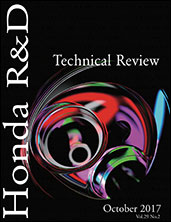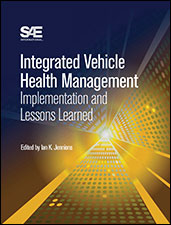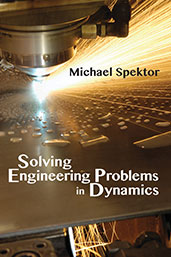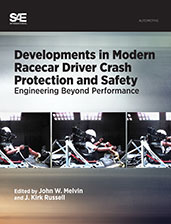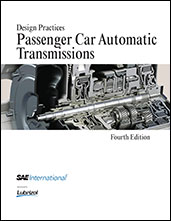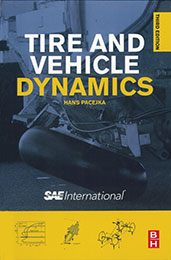Book

We Were The Ramchargers: Inside Drag Racing's Legendary Team, Second Edition
2023-07-24
With over 200 new images, the new edition of We Were the Ramchargers is perfect for drag racing enthusiasts. This book takes readers behind the scenes with the group of Chrysler engineers who, from the 1950s through the 1970s, became one of the most successful and influential drag racing teams of all time. The only team of engineers from an automobile manufacturer to drag race successfully, the Ramchargers broke the most time barriers in drag racing history and earned the most National Hot Rod Association (NHRA) Super Stock titles during the sport’s golden era of factory competition. Author Dave Rockwell, a Ramcharger himself, interviewed more than 40 team members, competitors, and track operators for We Were the Ramchargers, making it the first and only book to provide inside details on all elements of the Ramchargers story.




